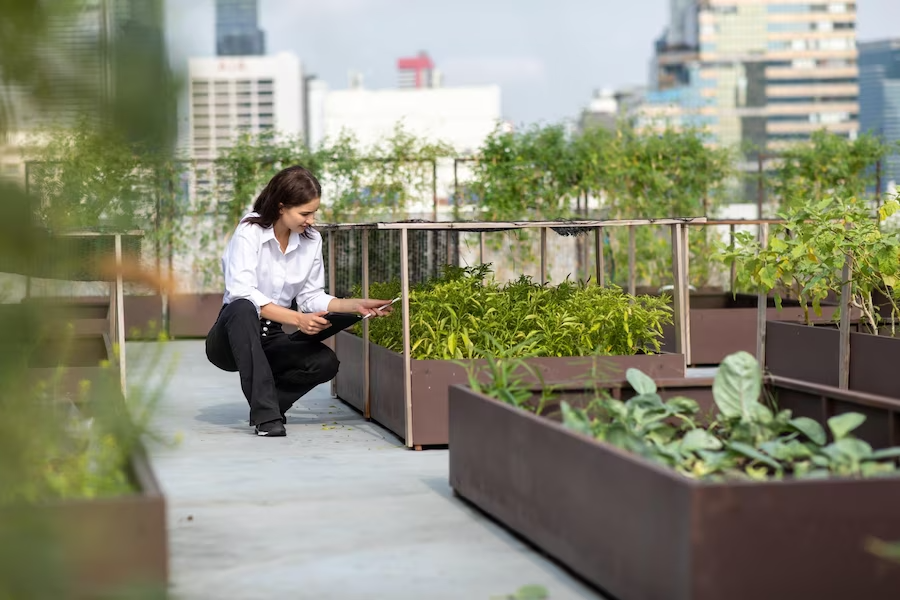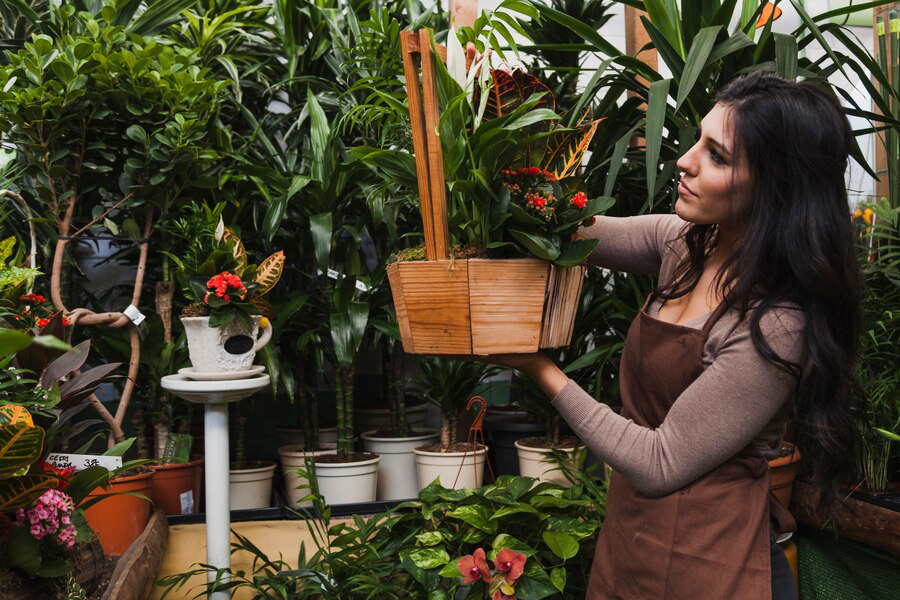While large expanses of land offer ample opportunities for expansive gardens and outdoor living areas, small spaces present a unique challenge for landscape design. However, with thoughtful planning and creative solutions, even the smallest of outdoor areas can be transformed into inviting and functional spaces. In this article, we’ll explore innovative landscape design strategies for maximizing small spaces, enabling homeowners to make the most of their limited outdoor footprint.
Embrace Vertical Gardens:

In small spaces, vertical gardening offers a space-saving solution that adds visual interest and maximizes planting opportunities. Install trellises, wall-mounted planters, or hanging baskets to create vertical greenery along fences, walls, or balconies. Vining plants, such as ivy, climbing roses, or jasmine, can thrive in vertical environments, adding texture and color to vertical surfaces while freeing up valuable ground space for other uses.
Create Multi-Functional Zones:
Maximize functionality in small spaces by designing multi-functional zones that serve multiple purposes. For example, a compact patio can double as an outdoor dining area and a relaxation space with the addition of flexible furnishings such as foldable tables, stackable chairs, and modular seating
arrangements. Incorporating built-in storage benches or raised planters with seating ledges provides additional functionality while optimizing space utilization.
Opt for Scale-Appropriate Features:
When designing for small spaces, it’s essential to select landscape features that are proportionate to the size of the area. Choose compact furniture, narrow pathways, and petite plantings to maintain a sense of scale and prevent overcrowding. Small-scale water features, such as tabletop fountains or container ponds, can add ambiance without overwhelming the space, while dwarf or columnar trees provide vertical interest without dominating the landscape.
Utilize Container Gardening:
Container gardening is a versatile and space-efficient way to incorporate greenery into small outdoor areas. Select a variety of containers in different sizes, shapes, and materials to create visual interest and accommodate a range of plantings. Mix and match annuals, perennials, herbs, and vegetables to create dynamic container compositions that can be easily rearranged or relocated as needed. Vertical stackable planters or hanging planters maximize vertical space, allowing for a lush garden in even the smallest of spaces.

Incorporate Reflective Surfaces:
Incorporating mirrors, glass, or other reflective surfaces can create the illusion of depth and expand visual perception in small outdoor spaces. Positioning a strategically placed mirror on a wall or fence can visually double the perceived size of the area while adding an element of intrigue. Additionally, incorporating glass or translucent materials in partitions, screens, or tabletops can create a sense of openness and lightness, making the space feel more expansive.
Design with Light:
Effective lighting design can enhance the functionality and ambiance of small outdoor spaces, extending their usability into the evening hours. Incorporate a combination of task lighting, accent lighting, and ambient lighting to illuminate pathways, highlight focal points, and create a warm and inviting atmosphere. Solar-powered lights are a practical and eco-friendly option for small spaces, providing flexibility in placement and requiring minimal maintenance.
Conclusion:
Maximizing small outdoor spaces requires ingenuity, creativity, and a thoughtful approach to design. By embracing vertical gardening, creating multi-functional zones, opting for scale-appropriate features, utilizing container gardening, incorporating reflective surfaces, and designing with light, homeowners can transform compact areas into inviting and functional outdoor retreats. Whether you’re working with a tiny balcony, a postage-stamp-sized backyard, or a narrow urban courtyard, implementing these creative landscape design solutions can help you make the most of your limited outdoor footprint. Contact us today to explore how we can help you maximize your small outdoor space and create a personalized oasis tailored to your needs and preferences.











